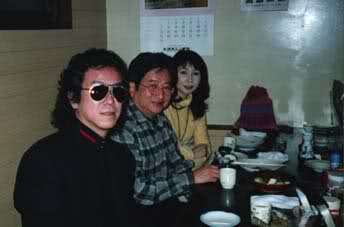


Its film adaptation received mixed reviews, and the original anime series as well as Cobra the Animation has been well received by reviewers. Publications for manga, anime and other media have compared the series to Star Wars and Barbarella, and the main character's attitude to James Bond. In Japan, the Cobra manga has sold 50 million copies, making it one of Weekly Shōnen Jump 's best-selling manga series of all time. The anime series was licensed in the Northern American region by Nozomi Entertainment. Urban Vision and Discotek Media released it for home video market, while Madman Entertainment acquired it for the Australasian region's release.

The feature film was licensed by Tara for its release in American theaters and by Manga Entertainment in British theaters in 1995. In the United States, portions of the manga were published by Viz Media in 1990 and the complete series was published in Kindle format by Creek & River in 2015. The Cobra manga spawned various sequel manga series, one-shots, a 1982 feature-length anime film, two anime television series (a 31-episode series in 1982, and a 13-episode series in 2010), two original video animations (OVAs) in 2008–2009, audio albums, video games, and other merchandise. Later, Shueisha collected the chapters and published them in 18 tankōbon volumes. The manga was originally serialized in Shueisha's Weekly Shōnen Jump from November 1978 to November 1984. Terasawa devised it as a mix of Spaghetti Western and samurai stories, and aspects of films, varying from James Bond to Disney. Eventually, he regains his memories and reunites with his former partner Lady Armaroid. Cobra surgically alters his face and erases his own memory to hide from his foes and have a normal life. Set in the far future, the series tells the story of Cobra, who lives an adventurous life until his enemies begin to hunt him down. Cobra ( Japanese: コブラ, Hepburn: Kobura) is a Japanese manga series written and illustrated by Buichi Terasawa.


 0 kommentar(er)
0 kommentar(er)
